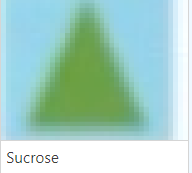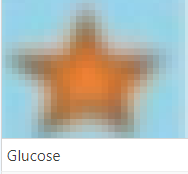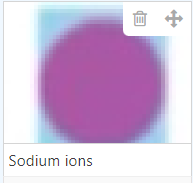Results end of topic test - Circulatory part 2
{"name":"Results end of topic test - Circulatory part 2", "url":"https://www.quiz-maker.com/QPREVIEW","txt":"Are you ready to dive deep into the circulatory system? This quiz will challenge your understanding of diffusion, oxygen transport, and the importance of capillaries in our bodies.Test your knowledge with:10 thought-provoking questionsMultiple choice formatInstant feedback on your answers","img":"https:/images/course1.png"}
More Quizzes
Biology Trivia (Circulatory System)
15820
Physiology Main Lesson Quiz
261336
How cultural are you?
11623
100
Free Corporate Charity Trivia
201022195
Am I Smart or Dumb? Discover Your Brainpower
201029991
Free Bible Knowledge to Test Your Skills
201025259
Free Elementary Math and English Diagnostic
201029322
Test Your Preterite Car Gar Zar Skills - Free Spanish
201064087
Ultimate Comedy Trivia: Test Your Funny Movie Knowledge
201047514
Which Power Ranger Are You? Take the Color Personality
201025720
Master Imelda Pulse: Stress & Crisis Intervention
201044729





 Q21) The following image shows the concentration of different molecules separated by a semi-permeable membrane. The membrane is permeable to glucose and ions but not sucrose.
Q21) The following image shows the concentration of different molecules separated by a semi-permeable membrane. The membrane is permeable to glucose and ions but not sucrose.
